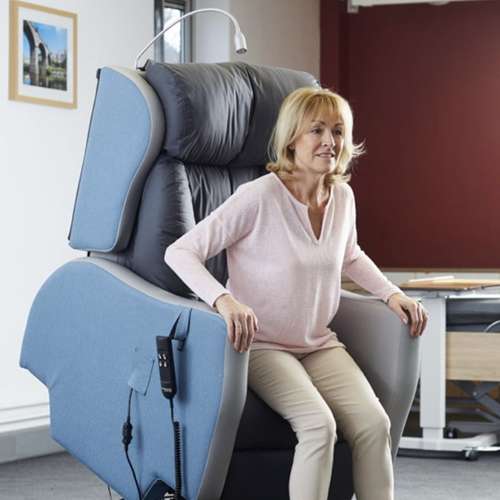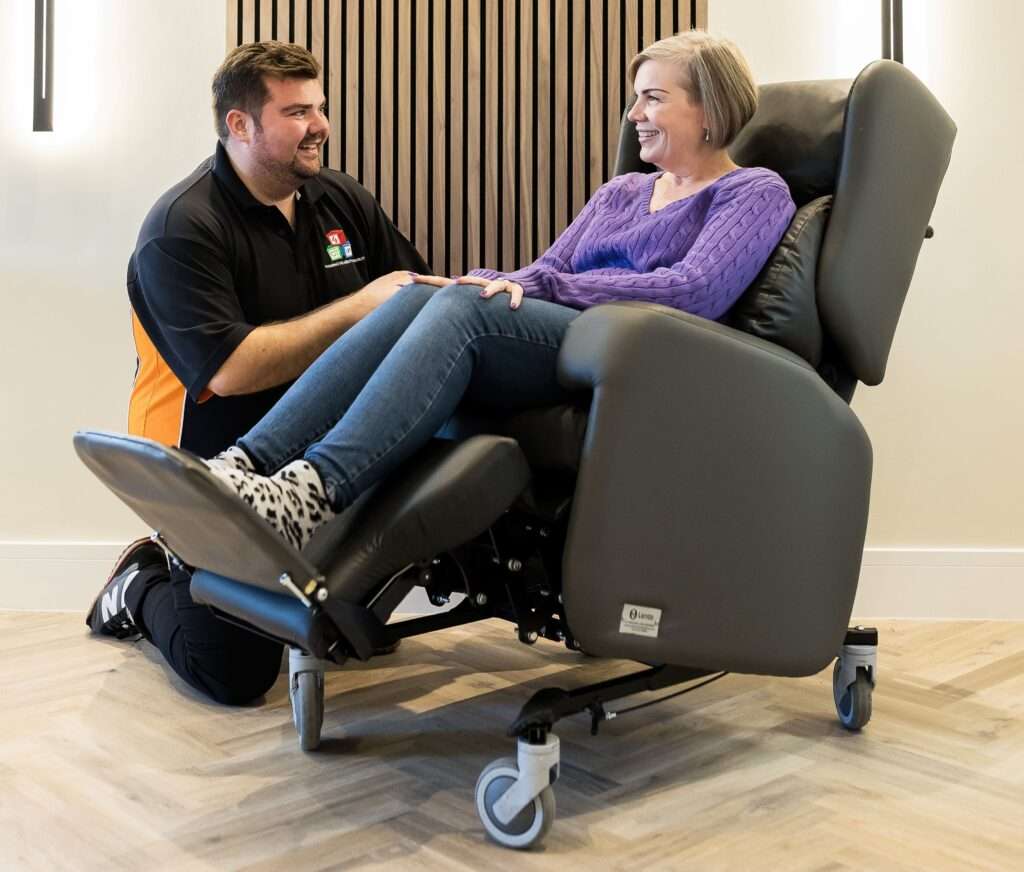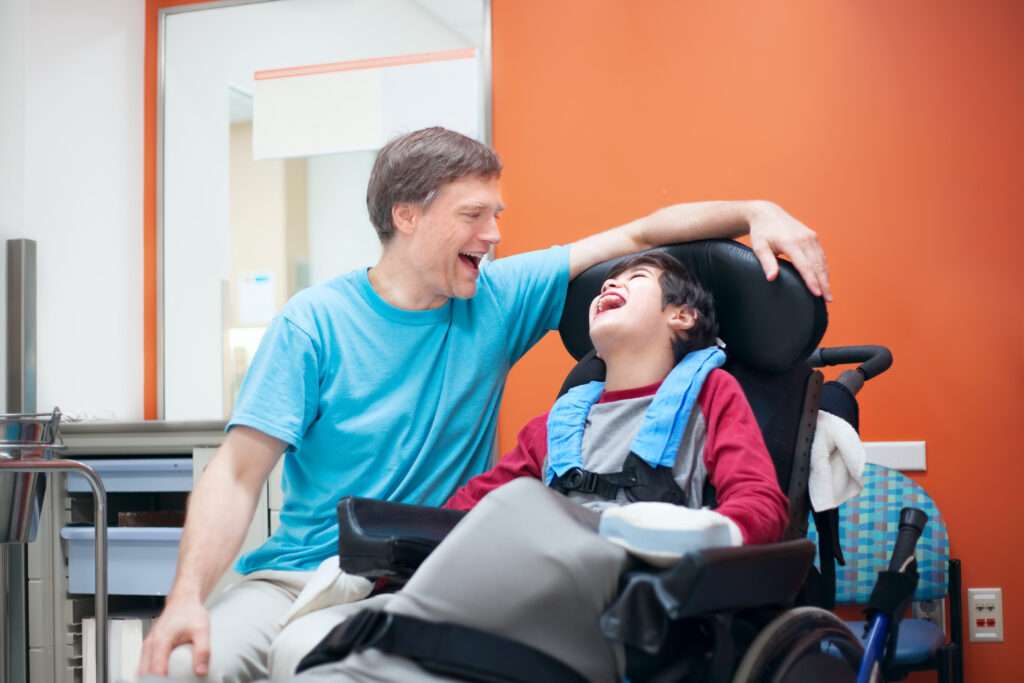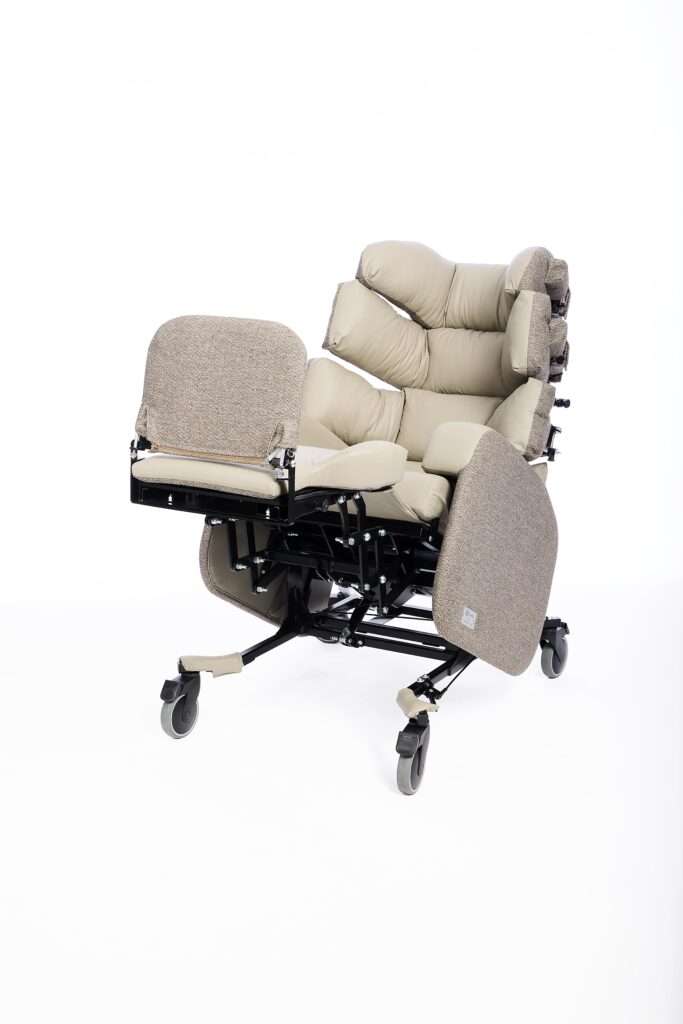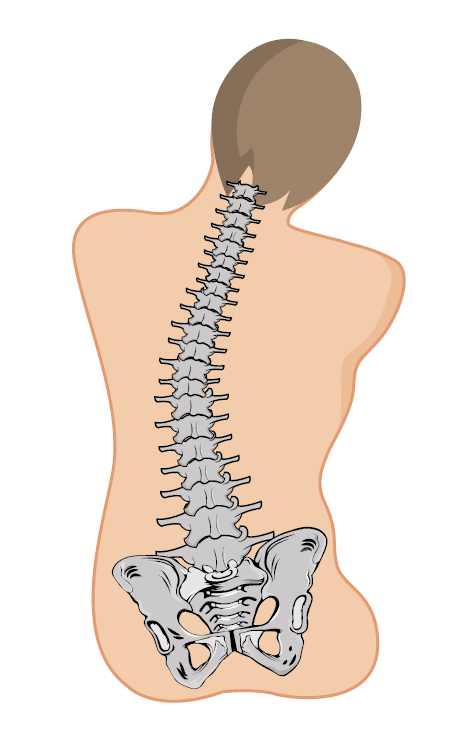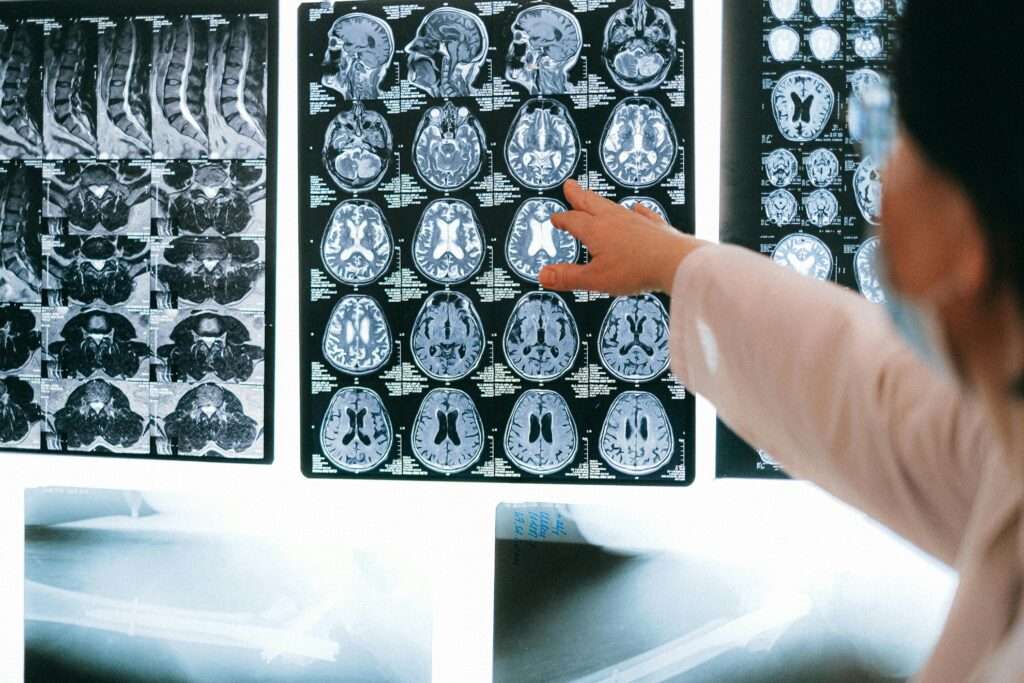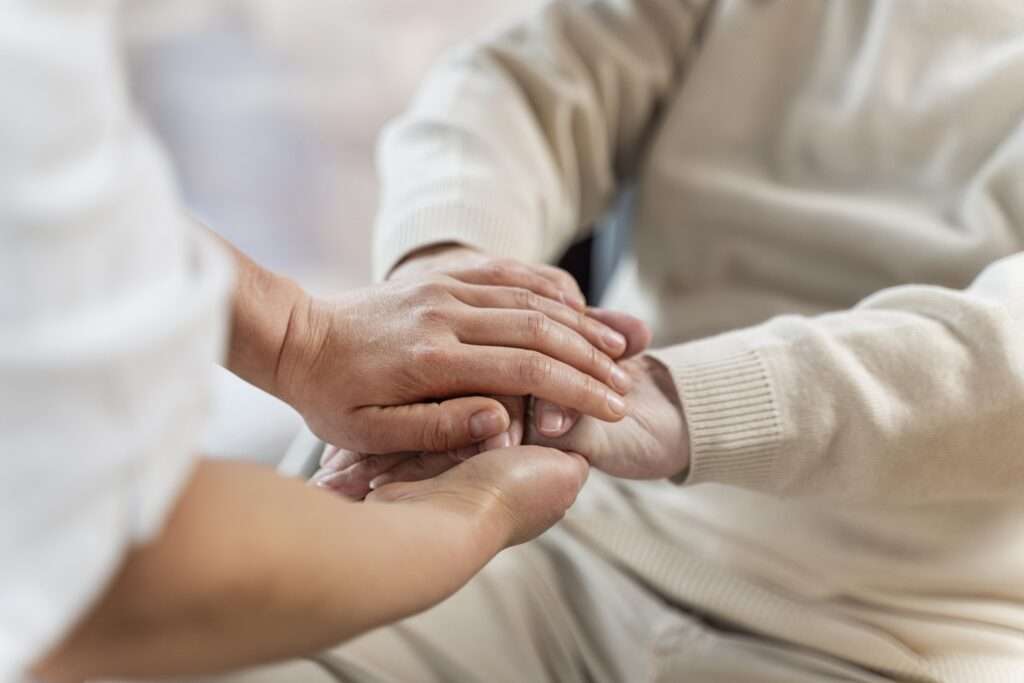Sit-to-Stand is a prime function for assistive seating and riser recliner chairs. It is one of the main reasons for someone buying a riser recliner as opposed to a standard armchair, to help them rise out of the chair if they have poor mobility.
If someone is able to walk once standing, or walk with the assistance of a mobility aid, a rise and recline chair is the ideal solution to help them to their feet. In contrast to this, a care chair is for patients who cannot move around independently and need to be hoisted.
- Who Can Benefit From Sit-to-Stand Chairs?
- What Features do I Look for in a Sit-to-Stand Chair?
- What are the Best Chairs for Sit-to-Stand Functionality?
- Conclusion
Who Can Benefit From Sit-to-Stand Chairs?
As well as the elderly and frail, people who are affected by long-term health conditions can benefit greatly from a sit-to-stand chair to manage their day-to-day symptoms. Neurological conditions such as dementia and Parkinson’s affect the brain and motor skills, making it harder for users to maintain good posture and coordinate their movements. Having a vertical rise at the right angle can stop them from falling while lifting them slowly to their feet, where they can move forward with the assistance of a standaid or walker.
What Features do I Look for in a Sit-to-Stand Chair?
Rise Function
An electric rise function will lift the chair upwards and tilt the seat forward at an angle to transfer the patient’s body weight to their feet. This feature is found in single or dual motor electric rise and recline chairs, and is operated with a handset. Manual recliners do not generally have a rise function.
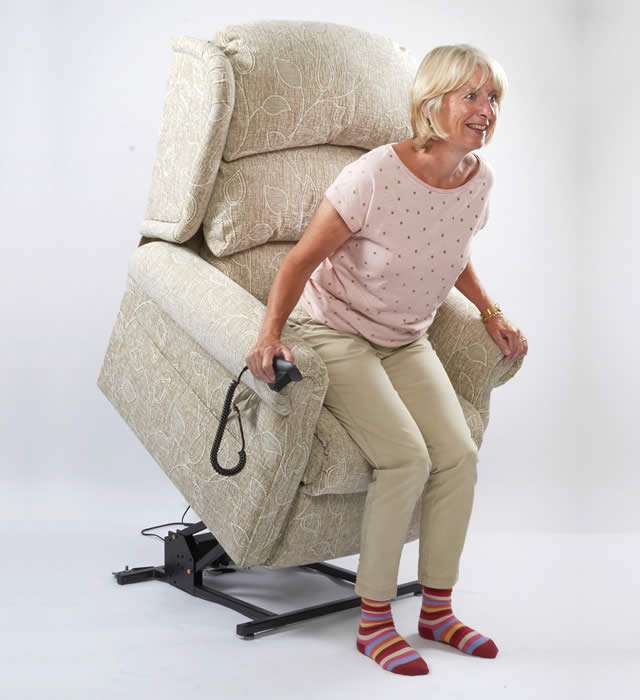
Hoist Compatibility
Do you require a hoist to get your patient (or indeed yourself or a loved one) in and out of the chair? If so, make sure that it is compatible for use with mobile hoists, such as the Smart 150. Height adjustment in the chair should allow the hoist to be wheeled close to the chair, so the patient’s sling can be easily attached to the hoist.
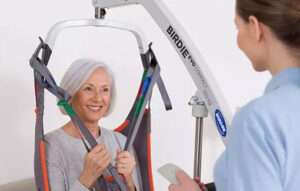
Standaid Compatibility
A standaid is a patient transfer device specifically designed to assist those who have difficulty rising from a seated to a standing position. The Sara Stedy is a well-known standaid, which helps the user lift themselves partway up with the grab bar, then supports their weight under their thighs so they can be held in a semi-standing position, and wheeled to another location.
If you require your chair to be standaid compatible, make sure it allows for your particular piece of equipment to be wheeled close enough to the front of the seat for the user to be safely lifted.
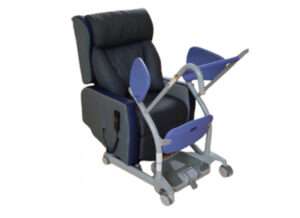
Sara Stedy standaid
Armrests
Certain types of armrests or arm caps help the user grip better, and push themselves upwards with their arms. Scroll or knuckle arm caps are good for this, and are generally seen on the more contemporary riser recliners.
Variable Angle Lift
This feature gives you the option to vary the angle at which the patient is lifted. Sometimes patients with very poor balance will need a vertical rise, or a graded rise which is vertical at first and then tilts the seat angle forward slightly. These options are available with VAL technology, and you can set the angle for the rise action, shown in the pictures below. This means you can tailor the rise to what the patient feels most comfortable with, to make them feel more secure and reduce their anxiety.
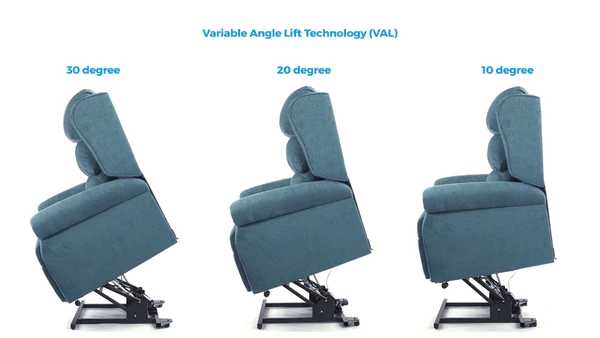
Variable Angle Lift Explainer Diagram
What are the Best Chairs for Sit-to-Stand Functionality?
Standard Riser Recliners
Riser recliners like the Brecon are contemporarily styled, with soft backrest and fabric cushions, and are available as single or dual motor options. The rise action gently lifts the user upwards at a slight angle, supporting their back and upper body, while transferring their weight onto their feet. These chairs are ideal for more ambulant users, who struggle with mobility but are not in the late stages of a progressive condition.
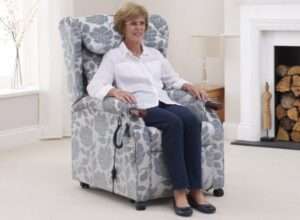
Standard riser recliner chair
Lento Mobile Riser Recliner
This hybrid riser recliner has the best of all worlds; a riser recliner design with all the standard features, soft Dartex fabric that is excellent for infection control, standaid-friendly for less ambulant users, and mounted on braked castors to give great mobility around care home environments. A great all-rounder!
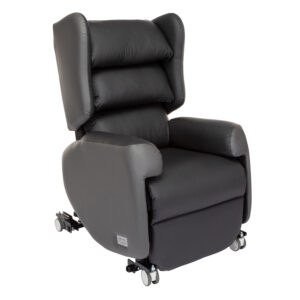
Lento Mobile riser recliner
Rehabilitation chair
The Rehabilitation chair has a unique sit-to-stand mechanism, it lifts vertically from the centre of the chair and angles the seat base forward, whilst keeping the leg and back sections vertical. This helps the user adopt a semi-standing position, and support themselves using the wide armrests. It has a variety of different positions, including lie-flat, Trendelenburg, and tilt-in-space.
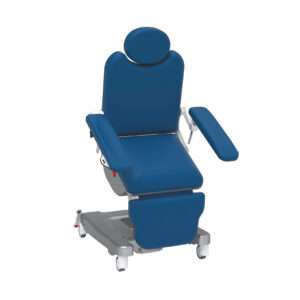
Rehabilitation Chair
Conclusion
Riser recliners are the most suitable chairs for helping someone get to their feet using Sit-to-Stand functionality. There are lots of different models and types of rise available to suit someone’s individual needs and condition.
Contact our Team for More Advice on Specialist Seating





